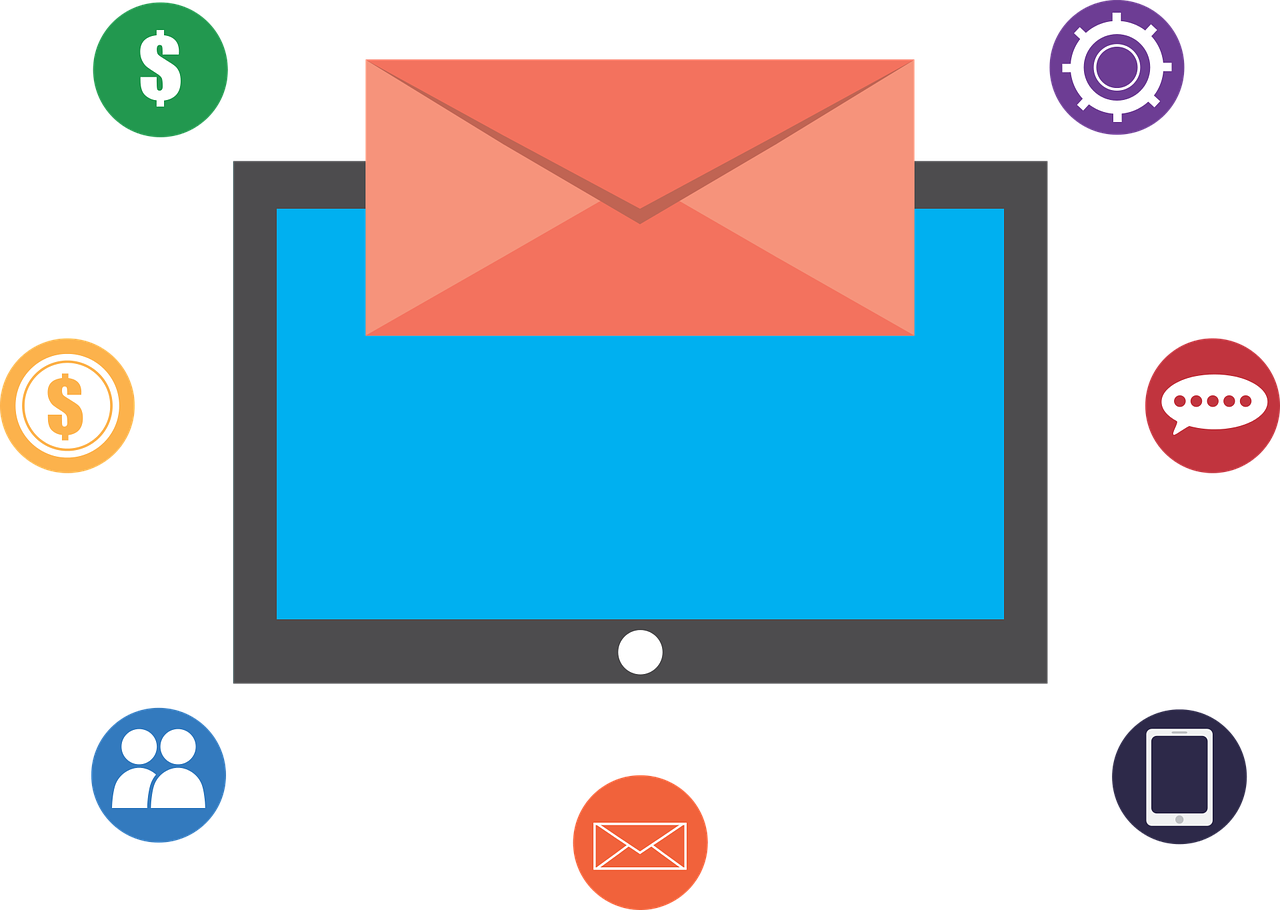Effective Email Marketing Strategies – In today’s fast-paced digital landscape, email marketing remains one of the most powerful tools for businesses to connect with their audience. With the right strategies in place, email campaigns can drive engagement, build brand loyalty, and boost conversions. In this article, we’ll explore fifteen effective email marketing strategies that can take your campaigns to the next level.
Understanding the Power of Email Marketing
Email marketing provides a direct line of communication to your target audience. It’s a cost-effective way to nurture leads, build relationships, and drive conversions. By having permission to land in a subscriber’s inbox, you have a unique opportunity to make a meaningful connection.
Segmentation: The Key to Relevance
Segmenting your email list allows you to send targeted content to specific groups. This increases relevancy and engagement, as subscribers receive content that aligns with their interests and needs.
Crafting Compelling Subject Lines
Subject lines are your first impression. A well-crafted subject line sparks curiosity and entices recipients to open the email. Keep it concise, intriguing, and relevant to the content inside.
Personalization: Beyond the First Name
Personalization goes beyond addressing subscribers by their first names. Use data to tailor content based on past interactions, purchase history, and preferences.
High-Quality Content that Resonates
Content is king, even in emails. Provide value through educational and entertaining content that resonates with your audience’s pain points and aspirations.
Mobile Optimization: Reaching On-the-Go Users
With a significant portion of emails being opened on mobile devices, it’s crucial to optimize your emails for smaller screens. Use responsive designs and concise copy.
Call-to-Action: Clear, Concise, Compelling
Every email should have a clear call-to-action (CTA). Make it prominent, concise, and compelling to drive the desired action.
Automation: Efficiency and Timely Outreach
Automate your email campaigns to send relevant content at the right time. Drip campaigns, welcome sequences, and abandoned cart reminders can be highly effective.
A/B Testing for Continuous Improvement
A/B testing allows you to experiment with different elements, such as subject lines, CTAs, and content. Analyze the results to refine your strategies continually.
Building Trust with Consistency
Consistency in branding and content fosters trust. Use a consistent tone, design, and frequency to establish a strong brand identity.
Interactive Emails: Engaging the Audience
Interactive elements like polls, quizzes, and GIFs can engage subscribers and create a memorable email experience.
Social Media Integration for Wider Reach
Integrate social media buttons to encourage subscribers to share your content, expanding your reach beyond the email inbox.
Monitoring and Analytics: Data-Driven Decisions
Regularly monitor email analytics to understand open rates, click-through rates, and subscriber behavior. Use these insights to refine your campaigns.
Opt-out Process: Making Goodbyes Easy
Provide a simple and clear way for subscribers to unsubscribe. A hassle-free opt-out process enhances the subscriber experience.
Growing Your List Ethically
Focus on organic list growth by offering valuable incentives like ebooks or webinars. Avoid buying email lists to maintain quality engagement.
In conclusion, effective email marketing strategies are a blend of creativity, data-driven decisions, and consistent efforts. By understanding your audience, personalizing content, and optimizing for mobile, you can create compelling email campaigns that drive engagement and conversions.
Frequently Asked Questions (FAQs)
- Q: Is email marketing still relevant in the age of social media?
- A: Absolutely! Email marketing provides a personalized and direct way to engage your audience.
- Q: How often should I send emails to my subscribers?
- A: It depends on your audience and content. Test different frequencies to find what works best for your subscribers.
- Q: Can I use emojis in my email subject lines?
- A: Yes, but use them sparingly and ensure they align with your brand’s tone.
- Q: What’s the importance of A/B testing in email marketing?
- A: A/B testing helps you understand what resonates with your audience and refine your strategies accordingly.
- Q: How can I prevent my emails from ending up in spam folders?
- A: Avoid spammy keywords, use a reputable email service provider, and encourage subscribers to add your address to their contacts.




